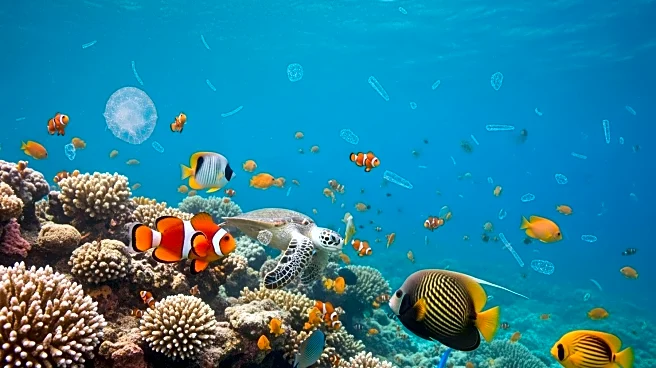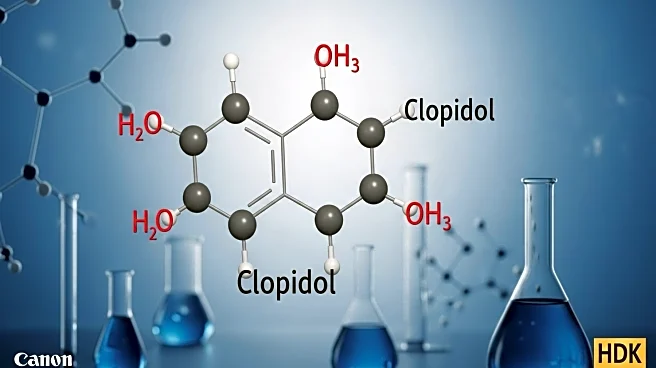What's Happening?
A recent study published in Environmental Science & Technology Letters has challenged the perception that seafood is a major source of microplastic contamination. Researchers argue that media coverage
has disproportionately focused on seafood, leading to misconceptions about human exposure to microplastics through fish and shellfish. The study highlights that other sources, such as indoor air, may pose a greater risk of microplastic exposure. The team aims to correct public perceptions and inform behavior and policy with scientific evidence, noting that seafood contributes a similar amount of plastic particles as other foods like salt, honey, and chicken.
Why It's Important?
The study's findings are significant as they address public misconceptions that could influence dietary choices and public policy. By clarifying that seafood is not uniquely risky compared to other food sources, the research encourages continued consumption of fish and shellfish, which offer health benefits. The study also emphasizes the need to focus on indoor air as a major source of microplastic exposure, potentially shifting attention and resources towards addressing air quality issues. This could lead to changes in environmental health policies and consumer behavior, impacting industries related to food production and air quality management.
What's Next?
The study may prompt further research into microplastic exposure from various sources, including indoor air, and its health impacts. Policymakers and health organizations might consider revising guidelines and recommendations based on these findings. Public awareness campaigns could be launched to educate consumers about the relative risks of microplastic exposure from different sources, potentially influencing dietary habits and environmental practices. The seafood industry may also use this information to counter negative perceptions and promote the health benefits of their products.
Beyond the Headlines
The study raises ethical considerations about the role of media in shaping public perceptions and the importance of basing public policy on scientific evidence. It also highlights the complexity of environmental health issues, where multiple sources contribute to exposure risks. Long-term, this research could lead to a broader understanding of microplastic pollution and its impacts, encouraging interdisciplinary approaches to tackle environmental challenges.












